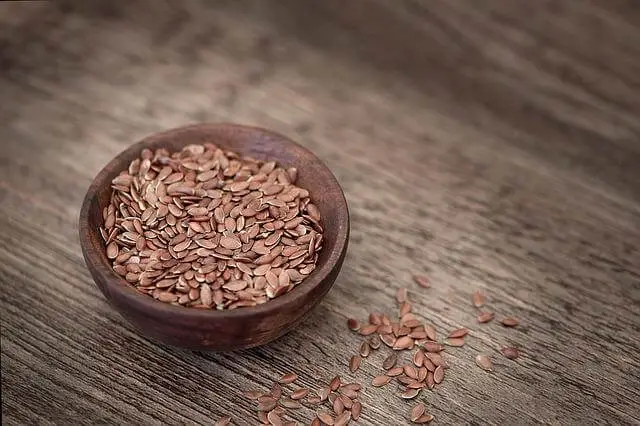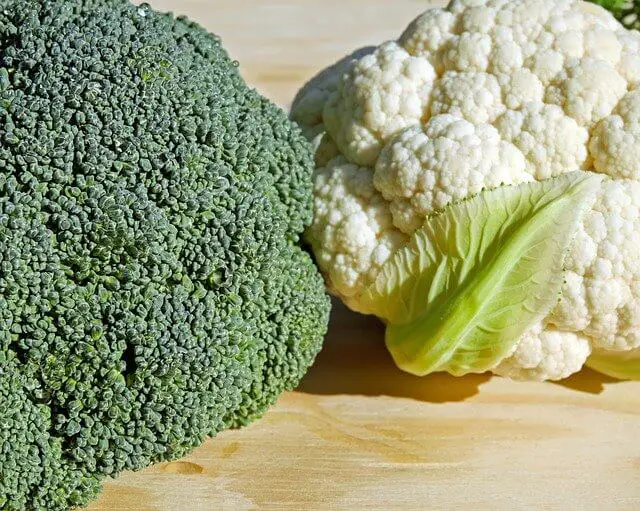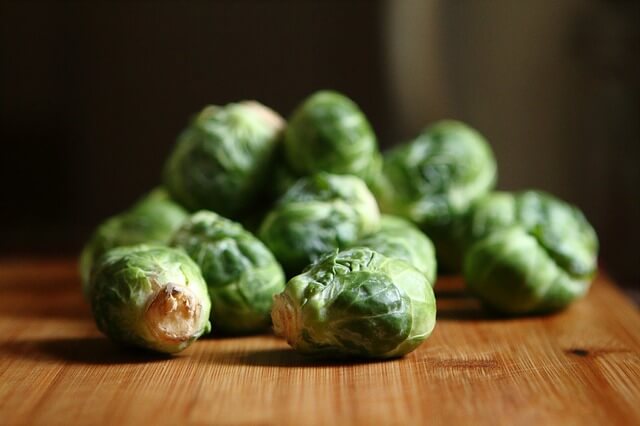Seeds are extremely potent. They’re the key to abundant gardens, robust food systems, biodiversity, and so much more, yet they’re also niggling tiny things that seem difficult to store in the seeds storage containers. In this article, I’m going to show you how to categorize seeds.
Simple Way to Categorize Seeds
This simple system to categorize your seeds in a logical, easy-to-use, and easy-to-maintain manner are as follows:
- Sort your seeds into the following categories: Vegetables, Herbs, Fruits.
- Sort everything in alphabetical order by common name inside each category. Each group will require its own container or bag. For example, all beet seeds will fit in a single picture container.
How to categorize seeds: Step One
Sort your seeds into the following categories:
- Vegetables
- Herbs
- Fruits
- Flowers
- Trees, Shrubs, and Vine
- Plants from the tropics
How to categorize seeds: Step Two
Sort everything in alphabetical order by common name inside each category.
Each group will require its own container or bag. For example, all beet seeds will fit in a single picture container (shown below). All beans are placed in a different container. And so forth.
Vegetables
Vegetable Type (Beets, Beans, Broccoli, etc.) This works well when you have a variety of seeds. Or for smaller seed collections, use broad groups (e.g., Root Vegetables, Lettuces, Tomatoes, Summer Squash, Winter Squash).
Herbs
Annual: Herbs (Basil, Borage, Caraway, Chamomile, etc.)
Perennials vs. Biennials: Herbs of various types (Anise Hyssop, Bay laurel, Fennel, Lavender, Lemon balm, etc.)
Fruits
Fruit Variety (Ground Cherry, Strawberry, etc.)
Flowers
Annual varieties or common names (Marigold, Nasturtium, Pansy, Petunia, Zinnia, etc.)
Types or common names for perennial or biennial plants (Black-eyed Susan, Daisy, Coneflower, Hollyhock, etc.)
Trees, Shrubs, and Vine
We have a limited number of seeds in this category. Ignore it if you don’t have any.
Plants from the tropics
This is also a less typical category for gardeners in cold climates. I only save seeds from indoor succulents.
With your seeds organized in this manner, you can see precisely how many you have, how much space they take up, and what size containers or bags you need to keep everything in order.
So, how should seeds be stored?
While there is no one correct way to store seeds, there are a few factors to consider while storing them for an extended period of time, such as moisture content, temperature, and light exposure.
Most seeds should be stored in a dry place; otherwise, germination issues may arise. Keep seeds at a generally steady chilly temperature—around 40 degrees Fahrenheit—at all times.
Warmer temperatures can cause seeds to dry out or foster mold development, whilst lower temperatures might harm or kill the seed.
What to use to categorize and store seeds?
There are several seed arranging systems available for purchase, as well as numerous DIY solutions. Glass jars, paper envelopes, and seed packs are some of the most popular ways to store seeds.
During the planting season, Farmscape uses spice shakers and toolboxes to create labeled seed kits. Tins and even reusable plastic bags are additional wonderful solutions if you don’t have a lot of room.
Whatever you select, make sure it’s built of long-lasting materials, has enough of storage for all the seeds you need to store, and is simple to clean and label.
Conclusion
Finally, keep in mind that different varieties of seeds have varying shelf lives. Also, method of storage plays a major role.
If you’re storing in a freezer, you need to also categorize and arrange them properly.
I hope you find this article helpful. Let me know if you have any questions about categorizing seeds.



